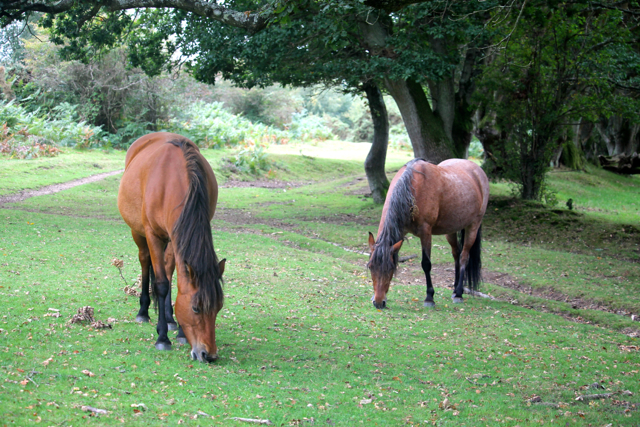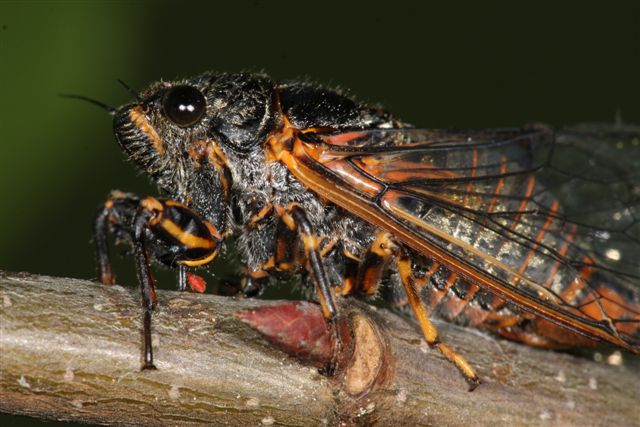
There are plenty of ways that visitors and residents can help protect and preserve the New Forest.
I recently attended the New Forest Wildlife Forum in Lyndhurst (February 2014) where an impressive array of scientists, academics, and conservationists gave interesting and informative presentations on their work. There were representatives from the National Trust, the Freshwater Habitats Trust, the Game & Wildlife Conservation Trust, the New Forest Woodcock Group and the Forestry Commission to name but a few. The event, organised by the New Forest National Park Authority, was very well attended and delegates were treated to updates on a range of subjects including habitat restoration projects, improvements to the local catchments, species surveys, and environmental monitoring.
High-tech and low-tech
The delegates were from local interest groups, government agencies, conservation charities and, of course, me. It was heartening to see so many volunteers of all ages, backgrounds and abilities, being actively engaged by the organisations presenting their work. School children, Scout and Guide groups, University students, local businesses and retired people were among many of the different groups learning about or working to preserve the biodiversity of the New Forest. It was interesting to see the many educational and research techniques involved. There was the distinctly low-tech of clearing invasive plant species using saws and axes, to the high-tech of using radio-tracking devices on target species. The item that particularly caught my attention was a mobile phone app that records background noise and will tell you if you are in the vicinity of the New Forest Cicada*.
Protecting the Forest for the future
It was evident that if residents, visitors and other Forest users want to engage more with the natural environment of the New Forest there are many opportunities and different ways of getting involved. The participation of visitors and local people in the research and conservation of its ecology, the preservation and restoration of its natural habitats, and the monitoring and data mapping of its ecosystems is seen as fundamental to promoting the common interests and deeper understanding that will protect the New Forest for the future.
Consensus, cooperation and commoning
There seemed to be a genuine consensus among the organisations attending the Forum about being more ‘joined-up’, sharing data and best practice, in order to benefit the Forest and its environment. Of course large-scale cooperation is not a new concept to the New Forest as the Commoners have practiced the sharing of resources for over a thousand years. Many observers have remarked upon the ability of Commoners to provide mutual support for one another, share knowledge and experience through pony drifts, auctions, markets and other meetings. These gatherings are the Commoners own equivalent of a forum!
Photo-bombed!
The general acceptance of the Commoners’ free-roaming animals as being the ‘architects’ of the Forest meant that none of the speakers at the Wildlife Forum referred in any depth, if at all, to the practice of commoning. However, it did amuse me that in many of the photographs used during the various presentations the subjects contained in the images were being ‘photo-bombed’ by the free-roaming ponies and cattle! Image after image, used in illustration by the particular speaker, for example people collecting water samples from ponds, using radio-tracking devices, practicing rural skills such as hedge laying, or clearing non-native plant species, seemed to have ponies somewhere in the frame. This photo-bombing served as a visual reminder of the interdependent relationship between the Forest landscape, the free-roaming animals and the practice of commoning.

Commoning is a very sociable enterprise that relies upon mutual support and assistance.
New Forest Cicada*: This rare insect is in real danger of becoming extinct and it has not been sighted in over a decade. Because its distinctive call is out of the range of most human adult’s hearing the app was developed to assist with identification. To download the Cicada app please visit: http://newforestcicada.info/app/

Female Cicadetta montana (the species that lives in the New Forest) found last summer in Slovenia.
Pictured: female specimen of Cicadetta montana (the species that lives in the New Forest), found and photographed last summer in Slovenia. It’s about 3 weeks old (of her adult life). For more information about the New Forest Cicada Project please visit: http://newforestcicada.info.


You must be logged in to post a comment.